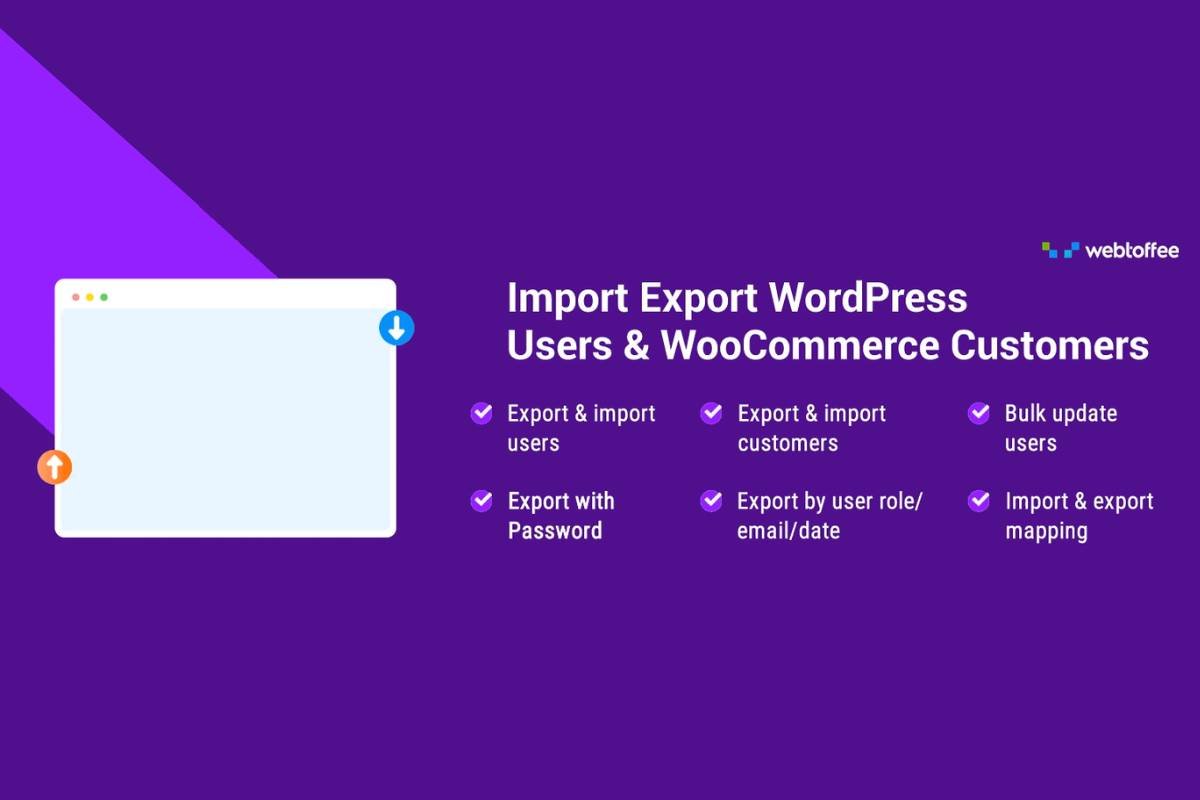In our increasingly interconnected world, the ability to communicate across language barriers is more crucial than ever. Businesses expanding into new markets, organizations working across borders, and digital content reaching a global audience all face the challenge of language. Translation as a Service (TaaS) has emerged as a vital solution, leveraging technology and human expertise to provide accurate, scalable, and efficient translation solutions. This article explores the evolution, benefits, and future directions of TaaS, emphasizing its importance in today’s global economy.
The Evolution of Translation Services
Traditionally, translation was a service performed by individual linguists or in-house teams within large organizations. The process was often time-consuming and costly, limiting access for smaller businesses or for projects with rapid turnaround times. The advent of the internet and globalization demanded faster and more accessible translation solutions, leading to the development of Translation as a Service.

TaaS represents a significant shift in how translation services are delivered. It combines advanced technologies, such as machine learning and artificial intelligence, with the expertise of professional translators. This hybrid approach not only speeds up the translation process but also improves accuracy and reduces costs, making high-quality translation services accessible to a broader range of clients.
How Translation as a Service Works
TaaS operates under a model similar to Software as a Service (SaaS). It is typically hosted on the cloud and offers translation services on-demand, using a combination of machine translation (MT) and human post-editing. The process usually follows these steps:
1. Input: Clients upload their content, which can be text, audio, or video, to the TaaS platform.
2. Machine Translation: The content is first passed through machine translation software, which uses algorithms to translate the content into the target language(s).
3. Human Editing: To ensure accuracy and maintain the nuances of the original content, human translators review and refine the machine-translated material.
4. Delivery: The final, polished translation is delivered to the client, often within a much shorter timeframe than traditional methods would allow.
This streamlined process supports scalability and flexibility, allowing TaaS providers to handle everything from small one-off projects to large-scale translations with equal efficiency.
Key Benefits of Translation as a Service
1. Scalability
One of the primary advantages of TaaS is its scalability. Businesses can translate content into multiple languages simultaneously, accommodating projects of varying sizes without the need to hire additional staff. This is particularly beneficial for companies that need to quickly adapt to new market demands.
2. Cost-Effectiveness
By integrating machine translation, TaaS reduces the reliance on human translators for the initial translation draft, thereby lowering the overall cost of translation services. Clients pay for the service as needed without the overhead associated with traditional translation methods.
3. Speed
TaaS platforms can deliver translations faster than traditional methods. The use of AI and machine learning means that initial drafts can be produced almost instantaneously, with human translators spending less time on edits and refinements. This rapid turnaround is crucial for time-sensitive projects such as news articles or legal documents.
4. Quality and Accuracy

While machine translation has improved significantly, the human element remains essential for ensuring quality and accuracy. TaaS providers employ professional translators to review and correct machine-generated texts, ensuring that the final product is of high quality and culturally relevant.
5. Accessibility
With TaaS, translation services are more accessible to smaller businesses and individual creators. This democratization of translation helps smaller entities compete on a global stage and reach international audiences.
Challenges and Considerations
While TaaS offers numerous benefits, there are challenges and considerations that clients must navigate:
– Confidentiality and Security: Handling sensitive information on cloud-based platforms can pose security risks. Clients must ensure that TaaS providers use secure, encrypted platforms for storing and processing data.
– Cultural Nuances: Machine translation may not always capture cultural nuances. Skilled human translators are crucial for localizing content effectively.
– Quality Control: Depending on the provider, the quality of machine translation and the expertise of human translators can vary. Clients should select providers with a proven track record and robust quality control processes.
The Future of Translation as a Service
The future of TaaS is likely to see even greater integration of AI technologies, improving the speed and accuracy of translations. Advances in natural language processing could enable more sophisticated understanding of context and cultural nuances. Furthermore, as more businesses recognize the value of reaching a global audience, the demand for TaaS is expected to grow, driving further innovation in the field.
Translation as a Service is transforming how businesses and individuals communicate across languages. By providing an efficient, scalable, and cost-effective solution, TaaS is not just a service but a strategic tool essential for navigating and succeeding in a globalized market. As technology advances, TaaS will continue to evolve, further bridging communication gaps and opening up new opportunities for connection and understanding worldwide.


















